Product Introduction
There are 2 parts, a motor housing and a venturi, they are both used in a sewing machining. They are made from aluminum alloy by CNC turining process. The motor housing, machined from lightweight but durable aluminum alloys, serves as the protective casing for the sewing machine's drive motor. The venturi, a airflow regulator, which relies on CNC turning to achieve its specialized geometry.
Material and Process
These 2 parts are made from aluminum material. Its lightweight reduces overall machine weight, corrosion-resistant to withstand lint, oil, and occasional fabric dyes, and thermally conductive to dissipate motor heat. The CNC turning process, with its computer-controlled precision, ensures each part meets the exact dimensions required for seamless integration, making them indispensable to the sewing machine's efficiency and durability.
Here is the drawings:
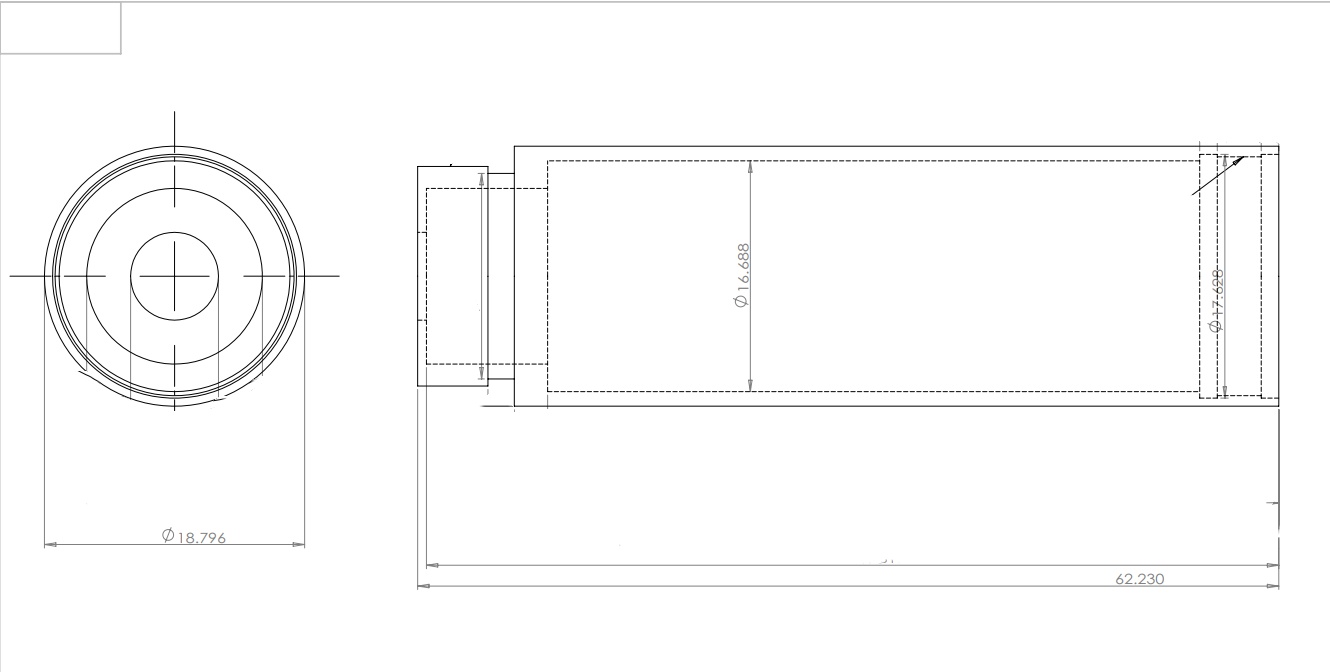
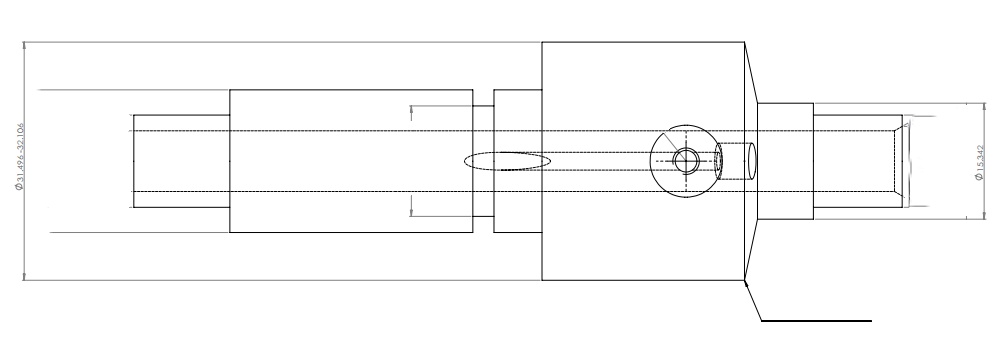
They are both made by CNC turning process. The motor housing is made from a solid rod. CNC turning precisely shapes the motor housing inner bore to accommodate the motor's rotor and stator with tight tolerances. Its outer profile, often has integrated mounting flanges and threaded holes, is also CNC-turned to align seamlessly with the machine's frame, preventing misalignment that could cause noise or premature wear.
For the motor housing, difficulty lies in the blind holes, with deep holes and thin walls. This product requires solid rods to be made. The thread is a left-hand thread.
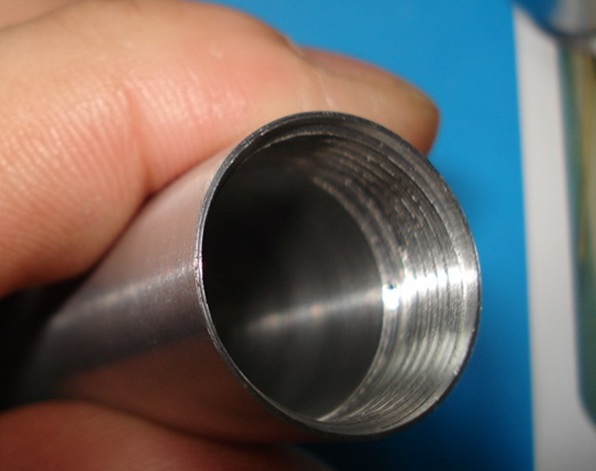
motor housing after turning 1
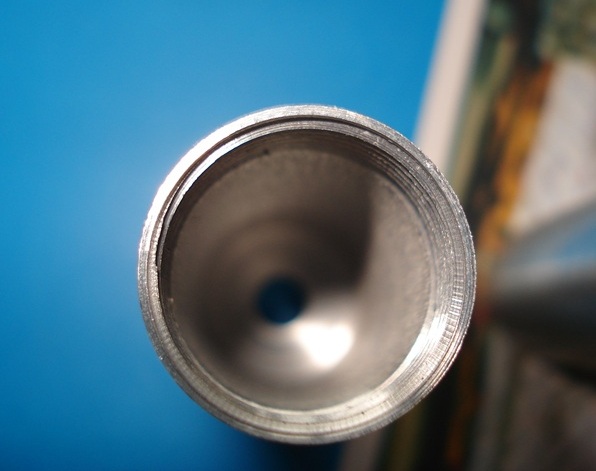
motor housing after turning 2
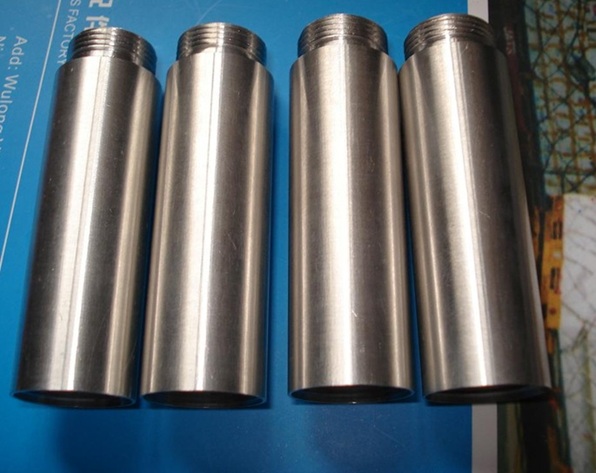
motor housing after turning 3
For the venturi, the central hole is very long. It is necessary to drill holes at both ends to the middle seam. In addition, is also needs to process the small inclined holes. CNC turning ensures the venturi's smooth internal surfaces minimize air turbulence, guaranteeing consistent suction power.
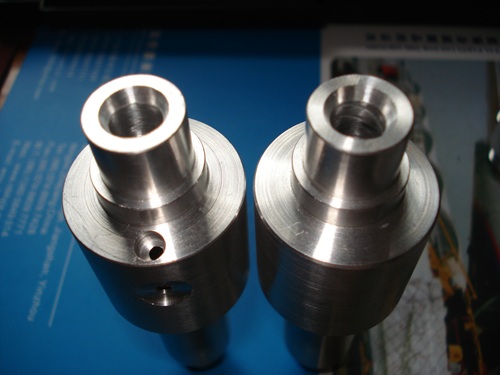
Here are the worked mass production sent for anodizing:
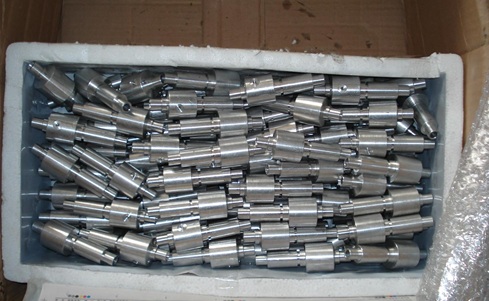
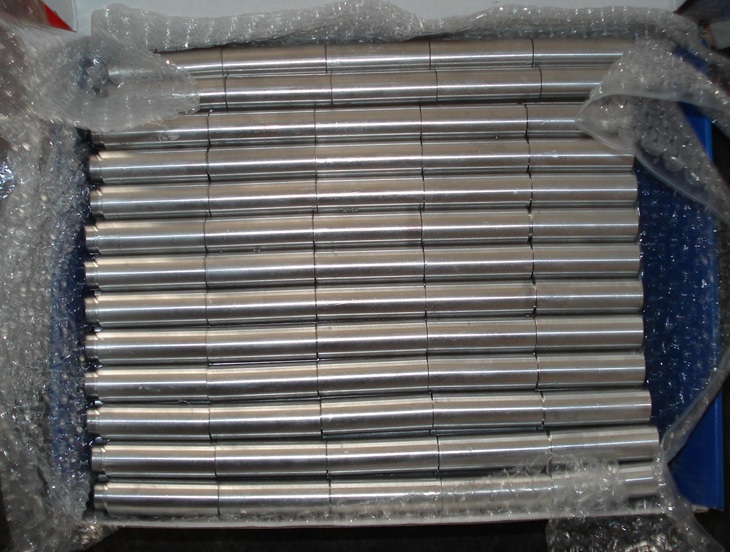
The motor housings need to be black anodized and the venturis need to be golden anodized.
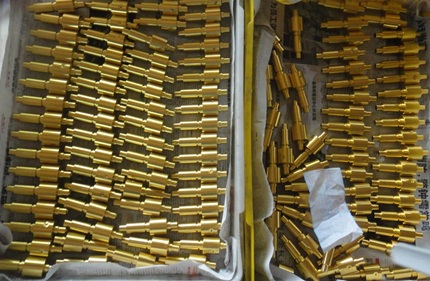
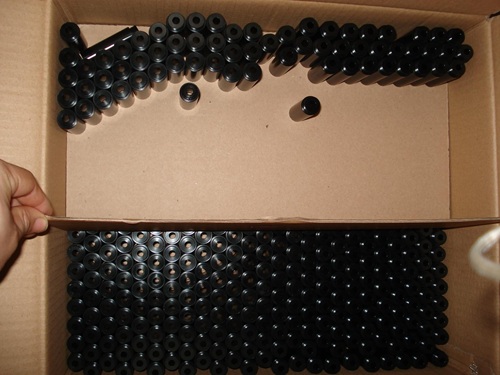
Here is the introduction of the housing and venturi:
Packing
Before packing, we inspect the product carefully. Here are our tools for inspection, gague is used to checking the thread:
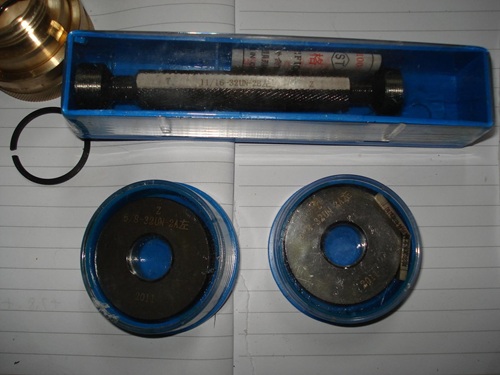
The ziplock bags are used to pack the venturi and ordered arrangement in carton. The motor housings are arranged neatly and placed in the box.
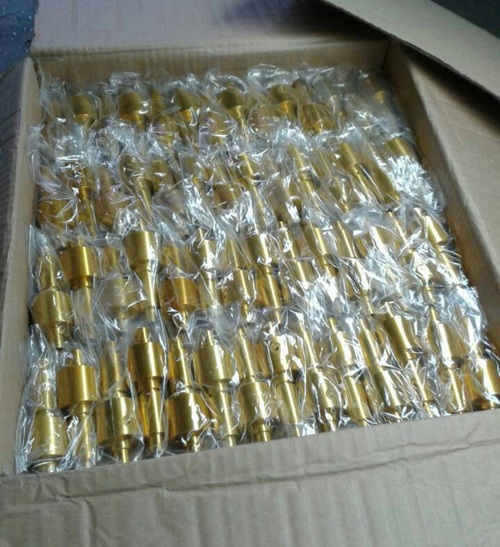
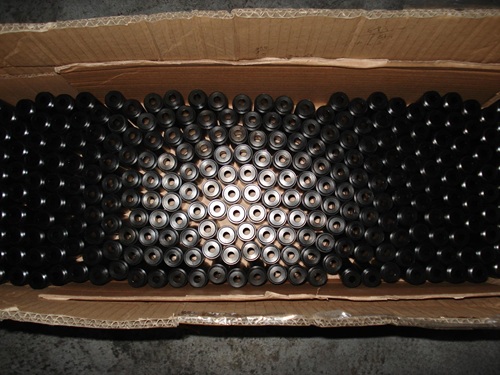
English
العربية
Français
Русский
Español
Português
Deutsch
italiano
日本語
한국어
Nederlands
Tiếng Việt
ไทย
Polski
Türkçe
አማርኛ
ພາສາລາວ
ភាសាខ្មែរ
Bahasa Melayu
ဗမာစာ
தமிழ்
Filipino
Bahasa Indonesia
magyar
Română
Čeština
Монгол
қазақ
Српски
हिन्दी
فارسی
Kiswahili
Slovenčina
Slovenščina
Norsk
Svenska
українська
Ελληνικά
Suomi
עברית
Dansk
Afrikaans
Gaeilge
Eesti keel
latviešu
Беларуская мова
Български
Català
Lietuvių
Lëtzebuergesch
Македонски














































